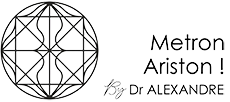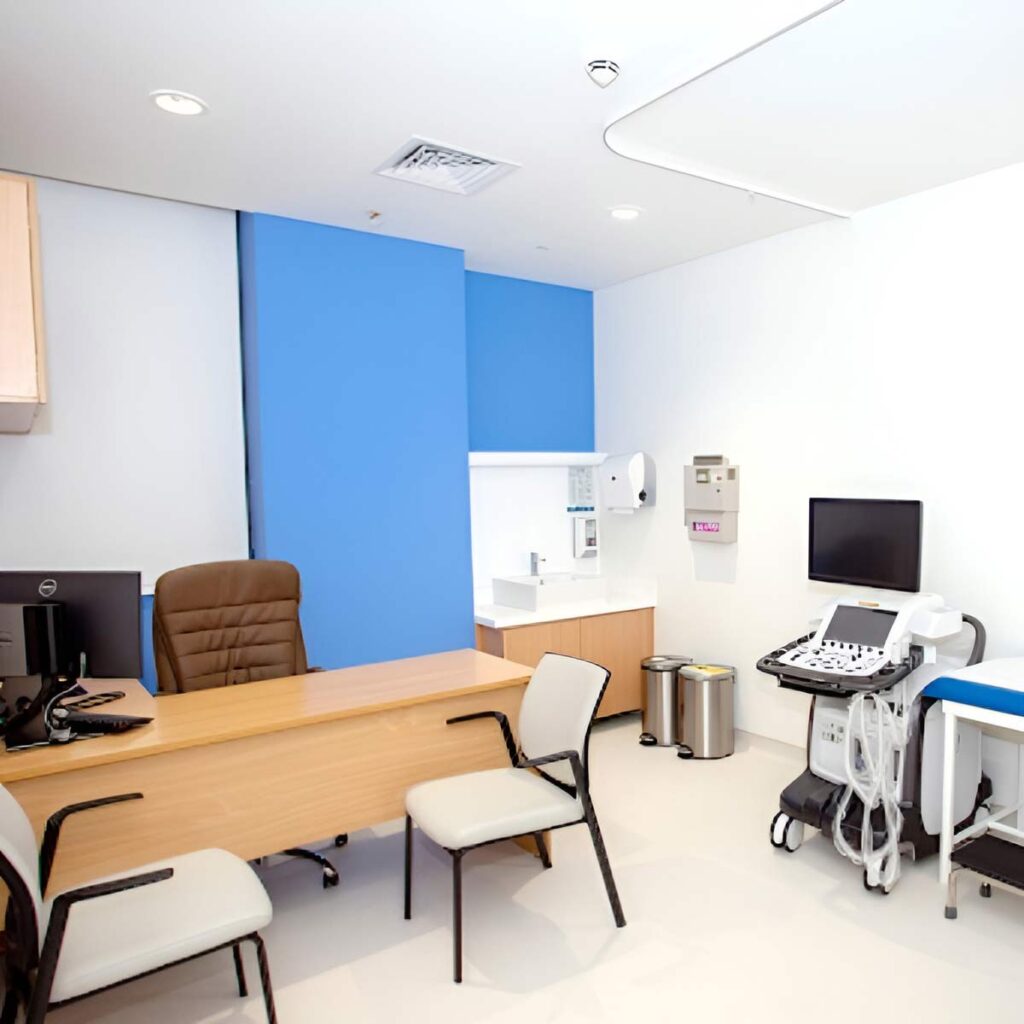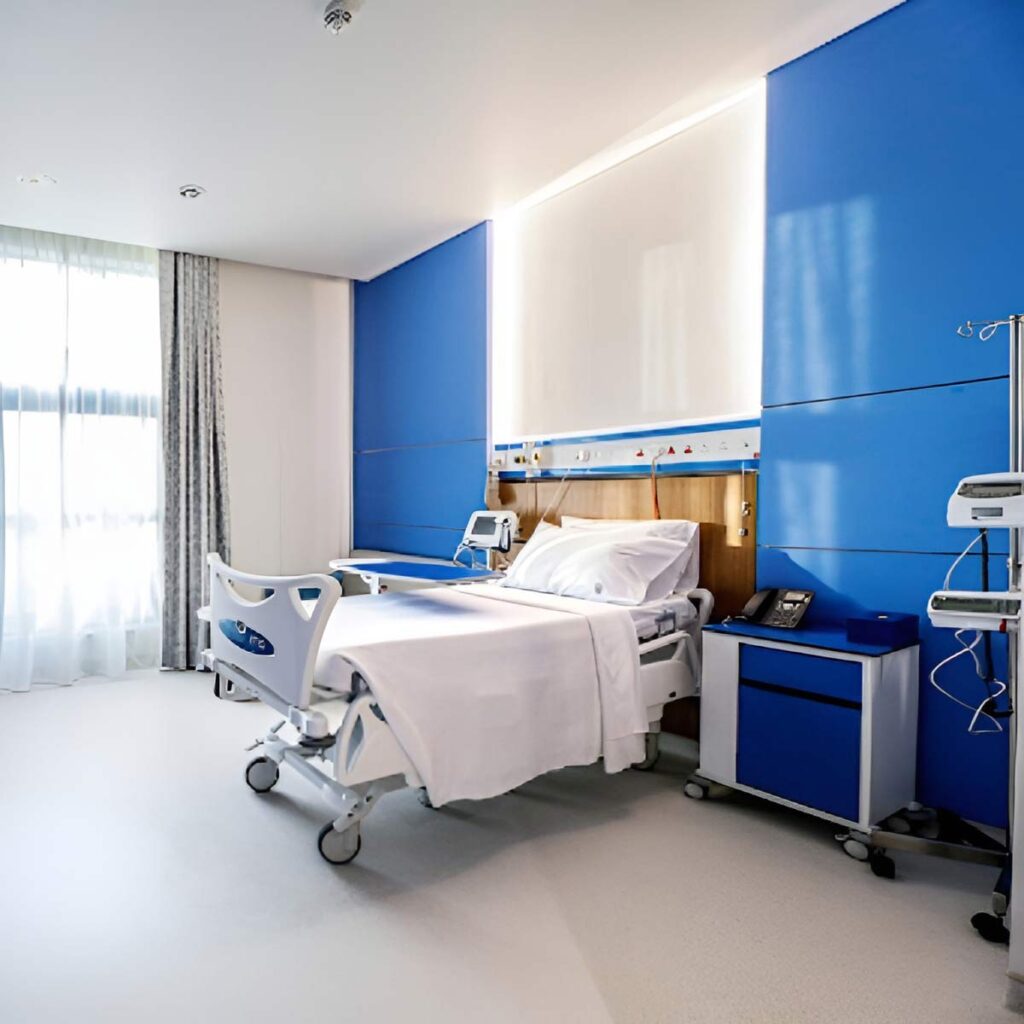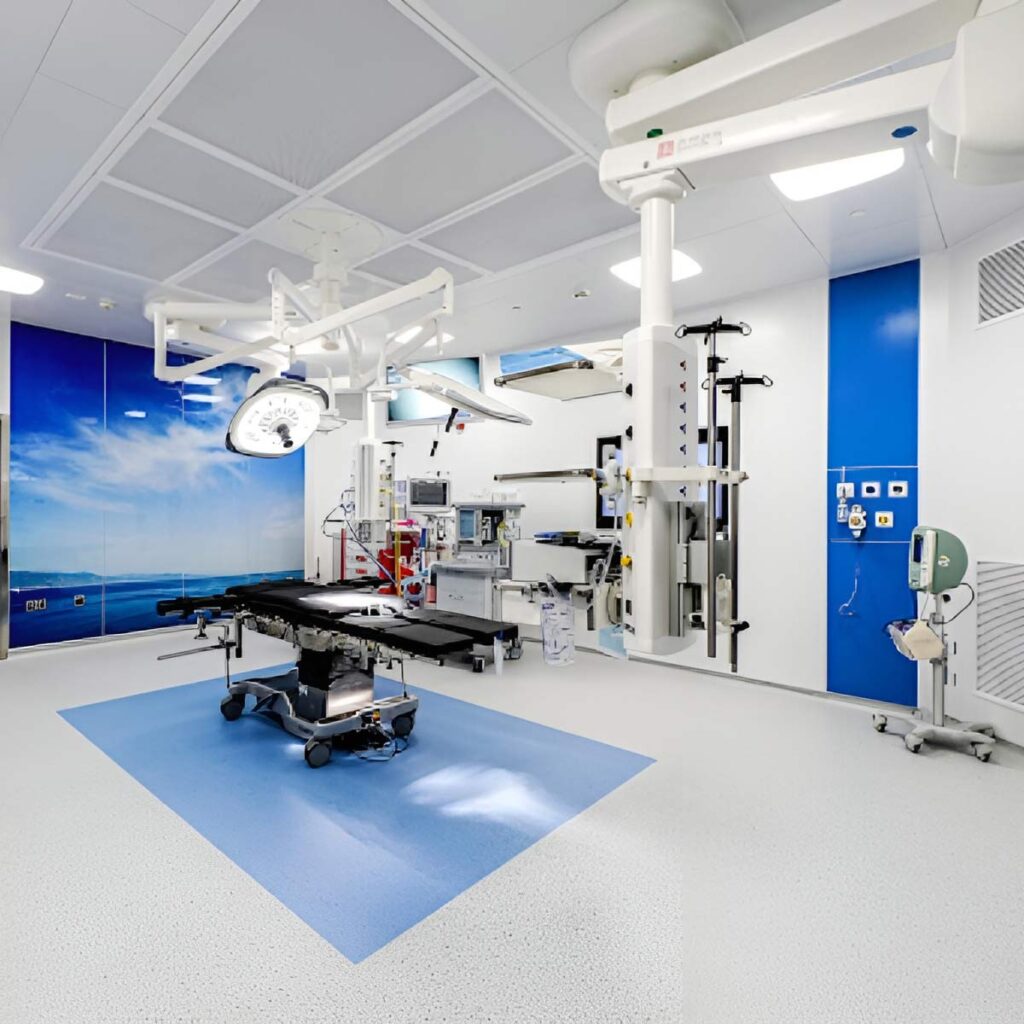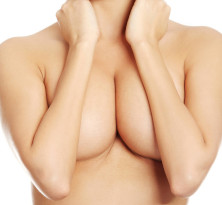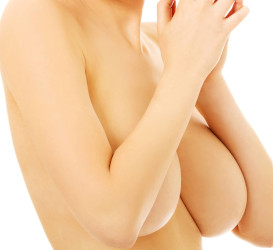Breast Reduction Surgery In Dubai
What Is Breast Reduction Surgery?
Reduction mammaplasty is an operation which removes the excess fat and skin from the breasts, which are reshaped and the nipples repositioned to form newer smaller breasts. This should result in more attractive breasts and reduce many of the problems outlined above.
Reduction mammaplasty may be also used to correct asymmetry of the breast, where one breast is very much larger than the other and where it is considered to be the least normal of the two.
BOOK A FREE CONSULTATION DR. ALEXANDRE DIONYS M.D., PH.D.
BOOK A FREE CONSULTATION
Before the operation
It is very important that you discuss thoroughly with your surgeon beforehand the size of breasts you wish to achieve. Many women wish for a very radical reduction but in order to achieve this, the shape and aesthetic quality of the breasts may be compromised. However, in women with breasts which are only slightly larger than normal very careful thought must be given to the scarring and the potential shape and size as the outcome of the surgery may not be as aesthetically pleasing as a normal breast appearance.
Hospital Facilities
Our state of the art facilities are designed for premium plastic surgery services, making use of advanced technologies and enabling the application of innovative techniques.
Our patients benefit from the latest advancements in aesthetic surgery procedures, which ensure minimal downtime and optimal results.
Our facilities are equipped with cutting edge technologies and provide a comforting environment, focusing on delivering not just transformative plastic surgery solutions but also a superior patient experience. The dedicated staff, from the doctors to support personnel, is committed to maintaining the highest standards of patient care, making Dr. Alexandre a top choice for high-quality plastic surgery services in a sophisticated setting.
The procedure
There are several different surgical techniques to reshape the breasts. All of them will involve a scar around the areola of the breast. Each method will use different scars and will have advantages and disadvantages and the surgeon may select with your approval the best technique in your particular case, in order to obtain the best possible results.
After the operation
As the procedure is carried out under a general anesthetic, there may be some discomfort when you wake at the end of the operation. You will be given suitable pain killing injections or tablets. Drainage tubes are frequently used and will be removed within a short period of time. The stitches will normally be removed between ten to fourteen days. Generally, the swelling and discoloration around the incisions subside within a few days.
A well-fitting bra will need to be worn following surgery but because of the post-operative swelling the final size of your breasts may not be obvious for several weeks. There is likely to be some tenderness and lumpiness of the breasts for several weeks or even months following surgery but there is no reason why you cannot sunbathe and go swimming once the scars have fully healed.
The nipples are likely to be very much less sensitive following surgery due to the nature of the cuts and the nerve supply and it is quite possible that numbness will extend over part of the breast as well.
Why Choose Dr. Alexandre?
Dr. Alexandre Dionys is a renowned Plastic Surgeon with over 30 years of experience and more than 15,000 aesthetic surgeries performed. He is a global pioneer in advanced Body Contouring and Facial Plastic Surgery. His academic excellence, evidenced by 500+ research publications and over 1000 scientific citations, establishes him as a leader in his field. Choosing Dr. Dionys for plastic surgery ensures you receive care from a highly skilled and experienced surgeon, minimizing the risk of complications and unsatisfactory results. His unparalleled surgical skill and innovative techniques guarantee transformative and safe outcomes. Book a free consultation with Dr. Alexandre Dionys to achieve the body contouring results you desire.

The result
It can be best appreciated one year after the procedure: the breasts are usually harmoniously shaped, symmetrical and have a natural shape. Besides the physical improvement, this operation usually has a positive effect on weight control, exercise, clothing and psychological health.
However, before this final outcome, one should be patient, wait for scars to slowly fade, and accept a regular follow-up every 3 months during one year. You should also bear in mind that scarring is a patient-related process.
Unless your operation is done at an age when your breasts are still growing, they should not re-grow afterwards. They will, however, increase in size if you either put on weight or become pregnant and decrease in size if you lose weight. Even normal breasts have a tendency to droop with time and you can expect some change in shape to occur after a reduction mammaplasty. You can delay this tendency by supporting your breasts in well-fitting bras.

